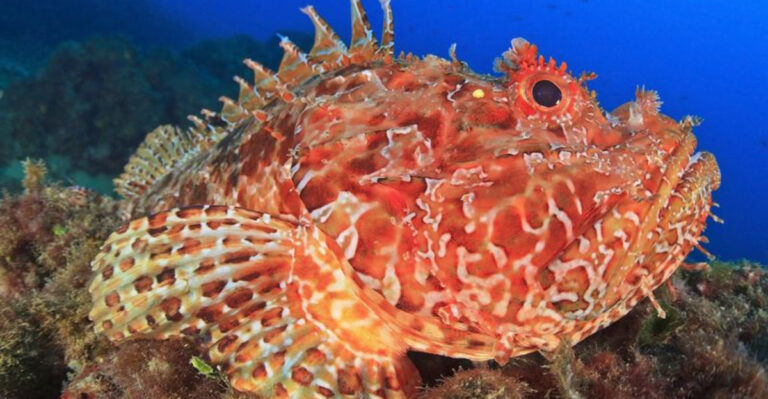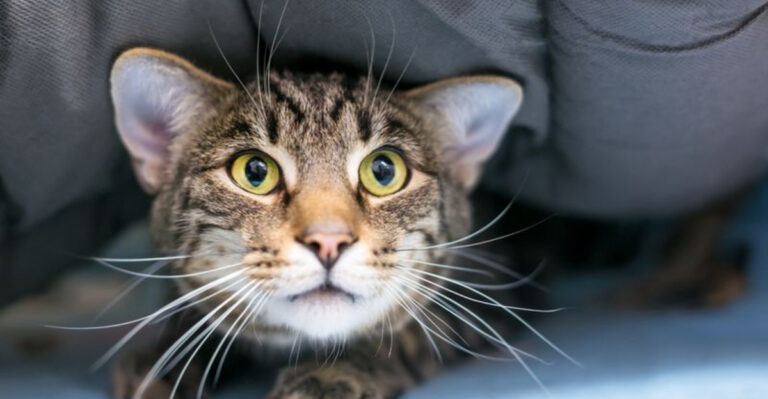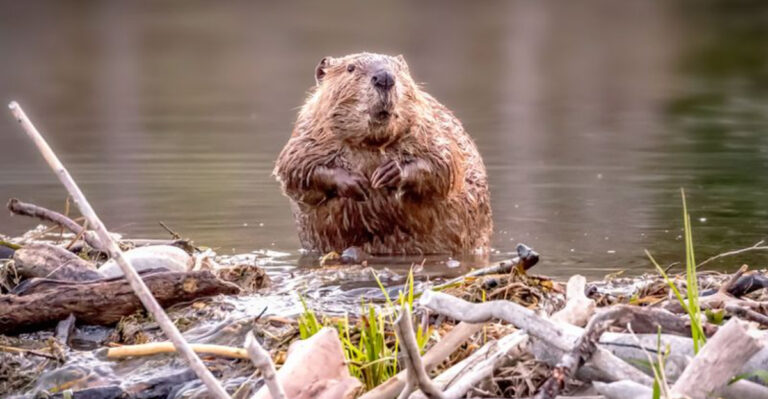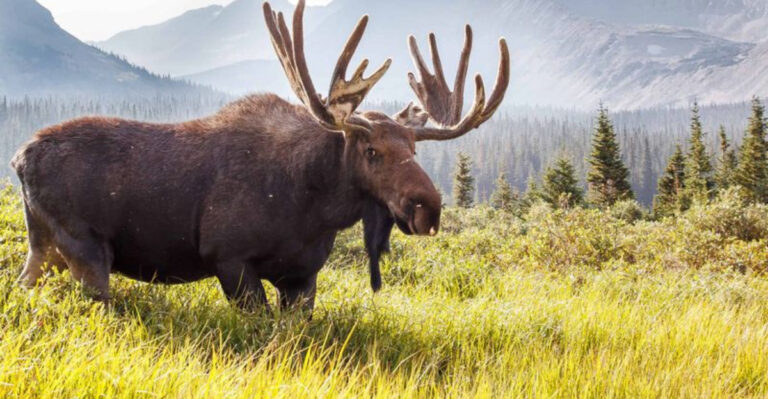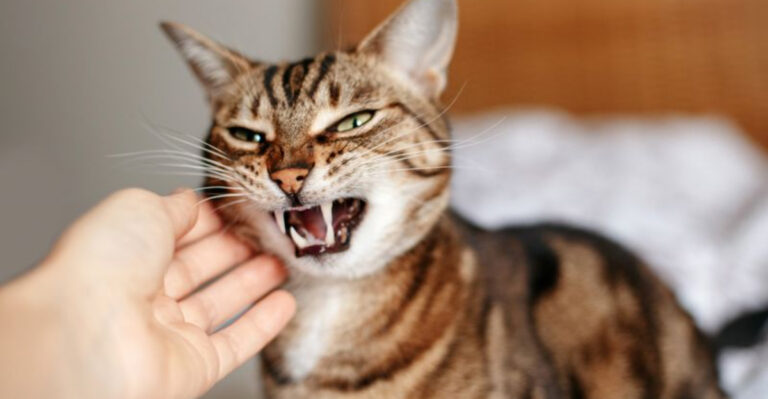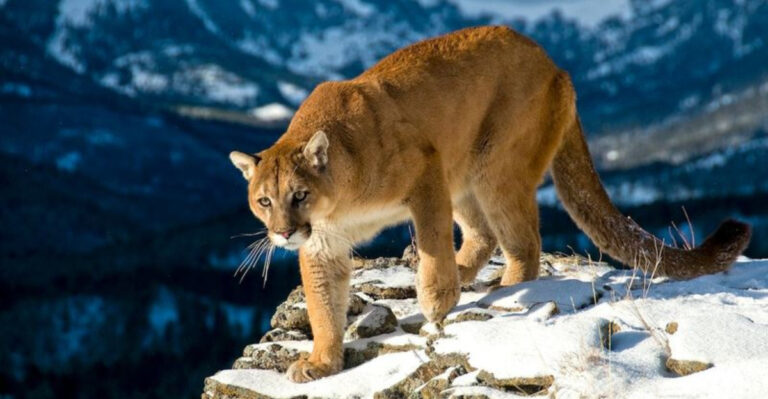12 Fierce And Free Wild Dog Populations That Don’t Follow The Breed Books
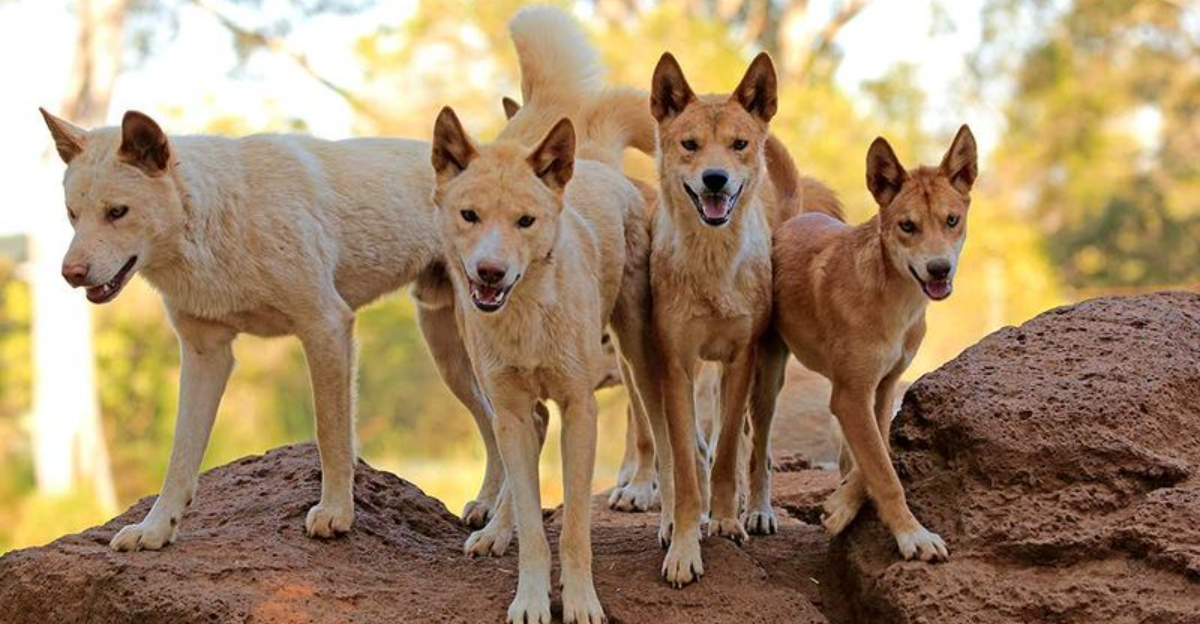
Wild dogs roam freely across our planet, living independently of human breeding programs that created the domestic dogs we keep as pets.
These remarkable canines have adapted to their environments through natural selection rather than human intervention. From the painted hunters of Africa to the singing dogs of New Guinea, these wild canines showcase nature’s incredible diversity in the dog family.
1. African Wild Dogs – The Painted Hunters
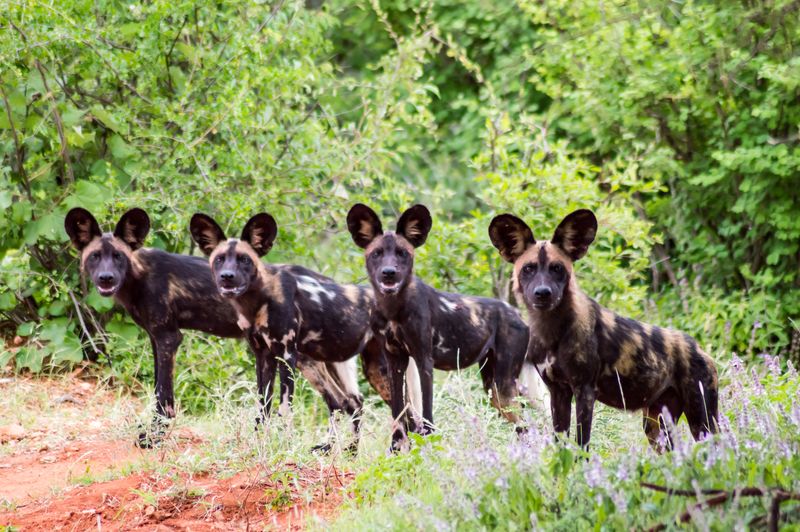
Sporting a patchwork coat of black, yellow, and white, African wild dogs are among the most endangered mammals on Earth. No two dogs have the same coat pattern – like a fingerprint uniquely identifying each pack member.
These social creatures live in tight-knit groups led by an alpha pair, with the entire pack helping to raise puppies. Their hunting success rate exceeds 80%, making them more efficient predators than lions.
Despite their fearsome hunting abilities, these dogs rarely attack humans and communicate through an array of chirps and squeaks rather than barking.
2. Alaskan Village Dogs – Arctic Survivors
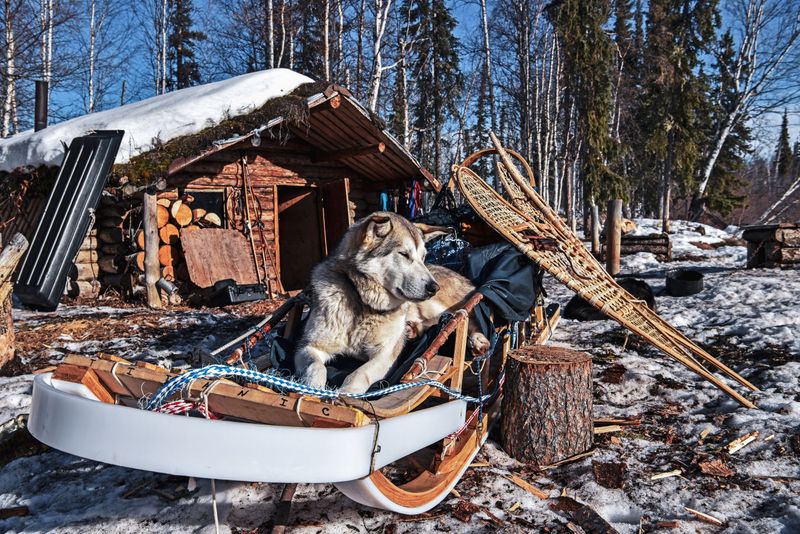
Unlike their sled-pulling cousins like Huskies and Malamutes, Alaskan village dogs evolved naturally alongside indigenous communities. These hardy canines developed thick double coats and compact bodies to survive temperatures that plummet below -40°F.
Many carry ancient DNA markers that trace back thousands of years, representing some of North America’s oldest canine lineages. They traditionally served as camp guardians, hunting partners, and occasionally emergency food during desperate times.
Today, these resilient dogs face challenges from crossbreeding with introduced breeds, potentially diluting their unique genetic heritage.
3. Bali Street Dogs – The Ancient Kintamani Ancestors
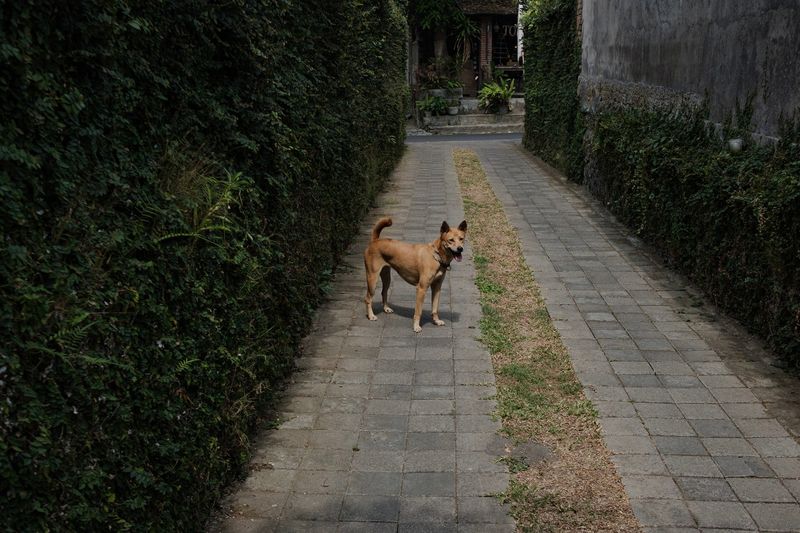
Locally known as ‘anjing kampung,’ Bali’s indigenous street dogs have roamed the Indonesian island for over 12,000 years. Their alert ears, curled tails, and lean bodies evolved perfectly for the tropical climate without human breeding intervention.
These intelligent survivors possess remarkable problem-solving abilities, navigating complex urban environments and forming loose social structures.
Considered spirit guardians in traditional Balinese culture, they’re believed to protect villages from negative energies.
Sadly, tourism has complicated their existence, though many temples still provide sanctuary where these dogs live semi-wild lives as they have for millennia.
4. Canaan Dogs Of The Middle East – Desert Sentinels
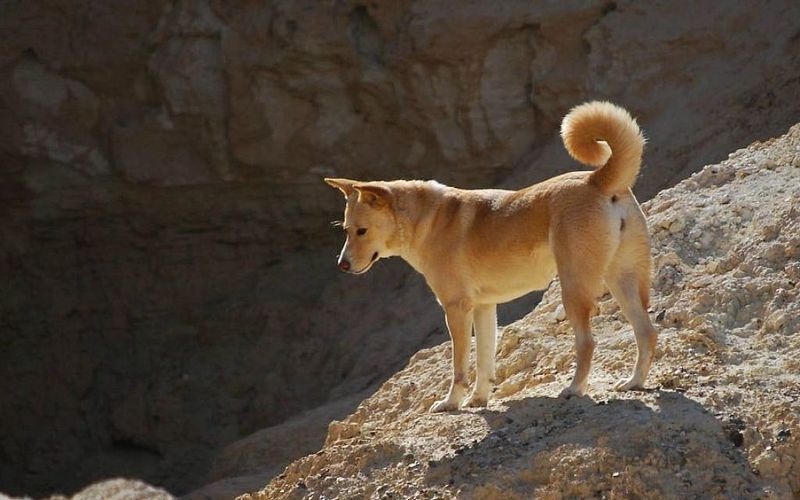
Surviving in the harsh deserts between Israel and Jordan for thousands of years, Canaan dogs represent one of the world’s oldest natural breeds. Their tan or white coats reflect sunlight while their efficient bodies require minimal water, perfect adaptations for desert survival.
When the Romans destroyed Jerusalem in 70 CE, many domestic dogs fled to the wilderness, returning to a wild state.
For centuries, Bedouin tribes used these alert canines as camp guardians but never fully domesticated them. Modern conservation efforts began in the 1930s when Dr. Rudolphina Menzel recognized their unique heritage and worked to document their natural behaviors.
5. Carolina Dogs Of America – The American Dingoes
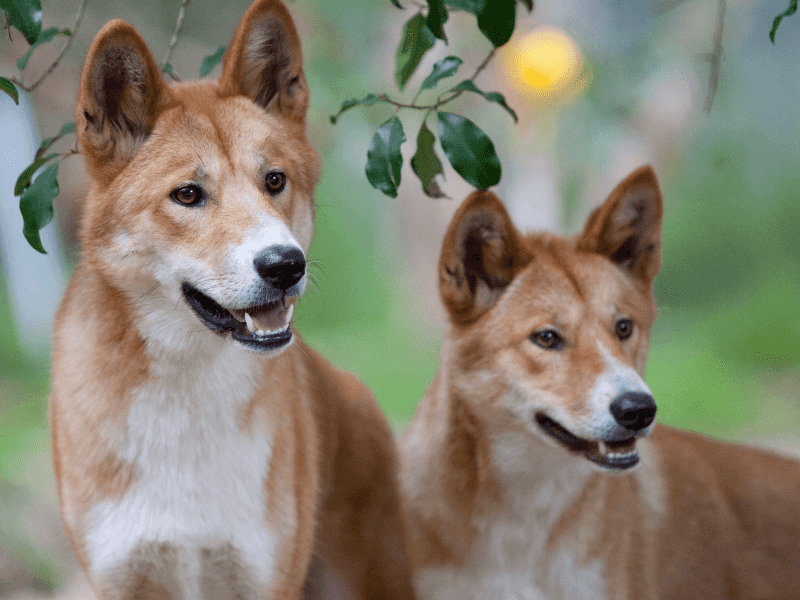
Hidden in the swamps and forests of the American Southeast, Carolina Dogs remained undiscovered by science until the 1970s. These fawn-colored canines with fishhook tails carry primitive traits rarely seen in domestic dogs – including seasonal breeding and pack hunting strategies.
Archaeological evidence suggests they may descend from Asia’s ancient dogs, arriving with early human migrants across the Bering land bridge.
They dig distinctive snout pits and raise their young in carefully constructed dens away from human settlements.
Genetic testing reveals connections to ancient Asian canids rather than European breeds, making them a living link to America’s prehistoric past.
6. Dingoes Of Australia – The Island Continent’s Apex Predator
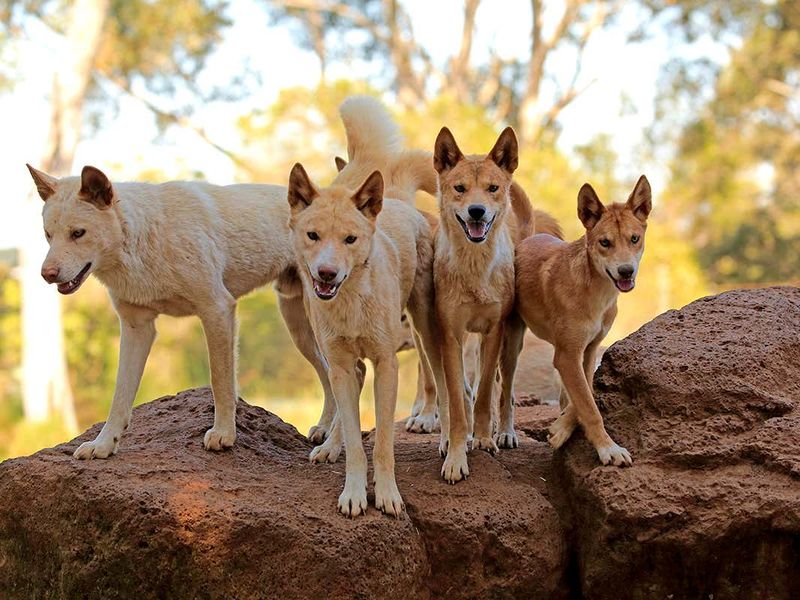
Arriving in Australia approximately 4,000 years ago, dingoes quickly adapted to everything from scorching deserts to snowy highlands. Their flexible diet includes everything from kangaroos to fruits, showcasing remarkable ecological adaptability.
Pure dingoes typically display ginger coats, pricked ears, and bushy tails, though colors can vary. Unlike domestic dogs, they only breed once yearly and can rotate their wrists – a crucial adaptation for catching prey in rough terrain.
Australia’s famous dingo fence stretches 3,488 miles to protect sheep from these wild hunters, standing as the world’s longest fence and visible from space.
7. Indian Pariah Dogs – The Subcontinent’s Natural Canines
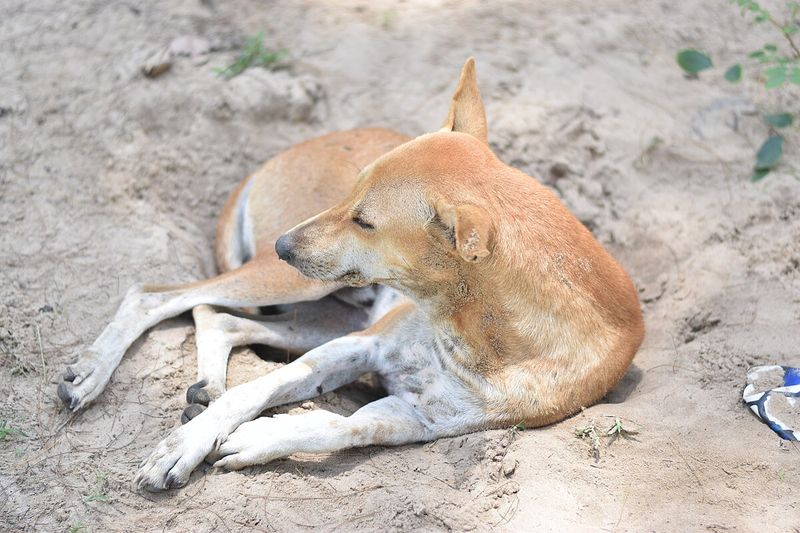
Evolving naturally across the Indian subcontinent for thousands of years, these medium-sized dogs showcase remarkable disease resistance and intelligence. Their distinctive appearance – short coat, curved tail, and pointed ears – results from natural selection rather than human breeding programs.
Ancient rock art dating back 4,000 years depicts dogs with identical features, confirming their ancient lineage.
Village communities traditionally valued them as watchdogs and companions without attempting to modify their natural traits.
Modern genetic studies reveal these dogs possess some of the world’s oldest and least modified canine DNA, making them living museums of early dog evolution.
8. New Guinea Singing Dogs – The Vocal Mountain Ghosts
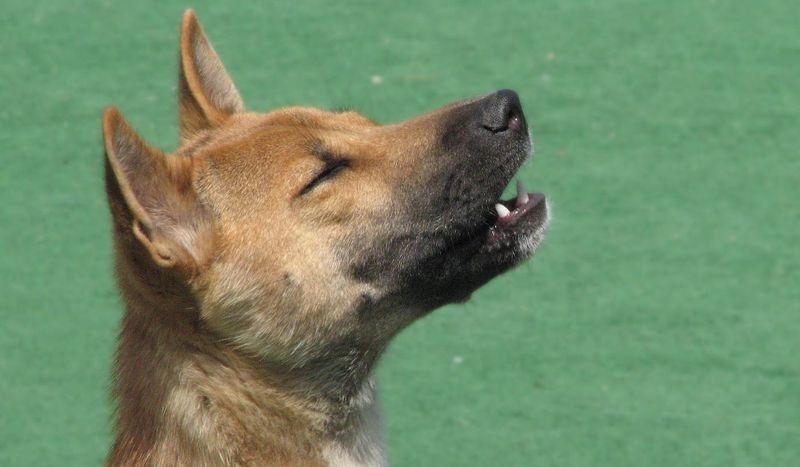
Famous for their haunting harmonic vocalizations that resemble whale songs, these rare canids were thought extinct in the wild until 2016. Their flexible spine allows them to climb trees and navigate Papua New Guinea’s rugged highlands with cat-like agility.
Genetically distinct from all other canids, they represent one of the world’s most primitive dog populations. Their unique vocalizations serve as complex communication systems, with each dog adding distinctive notes to create pack “songs” that echo through mountain valleys.
Scientists believe studying their genome may provide insights into how wolves first evolved into dogs thousands of years ago.
9. South African Township Dogs – Survivors Against All Odds
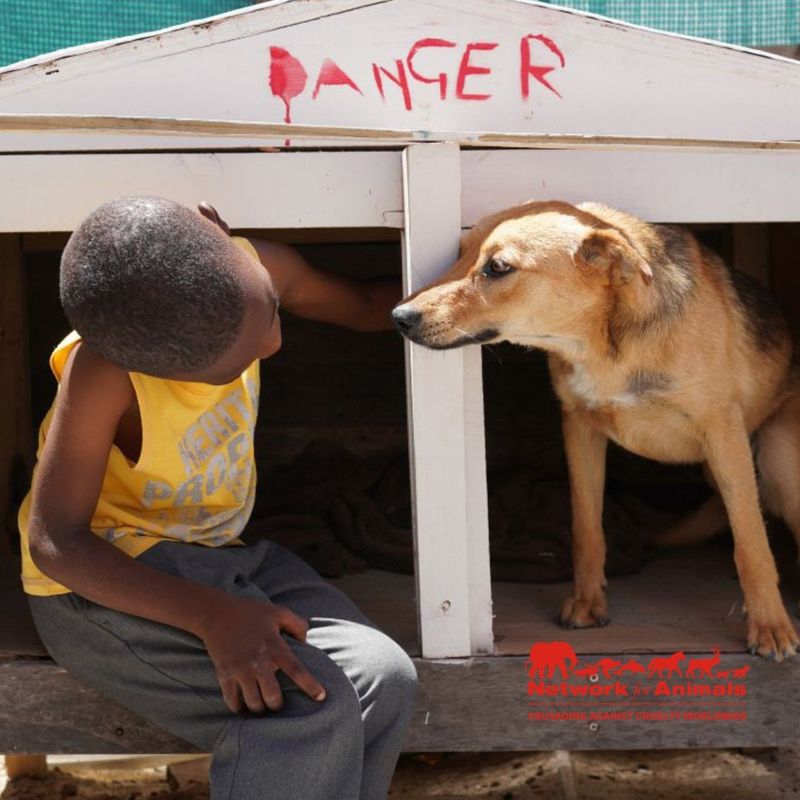
Evolving in the unique social landscape of South African townships, these resilient canines develop without intentional breeding. Their varied appearance reflects diverse ancestry, but natural selection favors medium-sized, short-coated dogs that thrive in challenging environments.
Township dogs form complex social structures, with multiple loose packs sharing territories and resources.
Despite minimal human care, they’ve developed sophisticated strategies for finding food, avoiding dangers, and raising puppies communally.
Conservation efforts now focus on humane management rather than removal, recognizing these dogs represent a unique cultural and biological heritage shaped by South Africa’s complex history.
10. Thailand’s Soi Dogs – The Temple Guardians
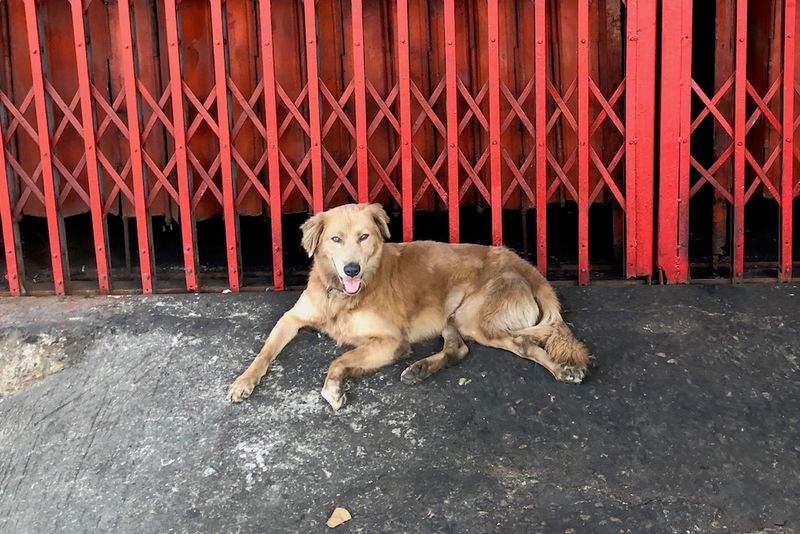
Roaming Thailand’s streets and temple grounds for centuries, Soi dogs (meaning ‘street’ in Thai) have evolved into a distinct population through natural selection. Their short coats in various colors, medium build, and high intelligence make them perfectly adapted to urban survival in tropical conditions.
Buddhist temples traditionally provide sanctuary, where monks feed and offer basic care without controlling breeding.
Many display a distinctive ridge of reversed fur along their backs – a trait that emerged naturally rather than through selective breeding. Recent genetic studies reveal unique adaptations to local diseases and parasites, making them more resilient than imported pedigree breeds.
11. The Himalayan Snow Dogs – High-Altitude Specialists
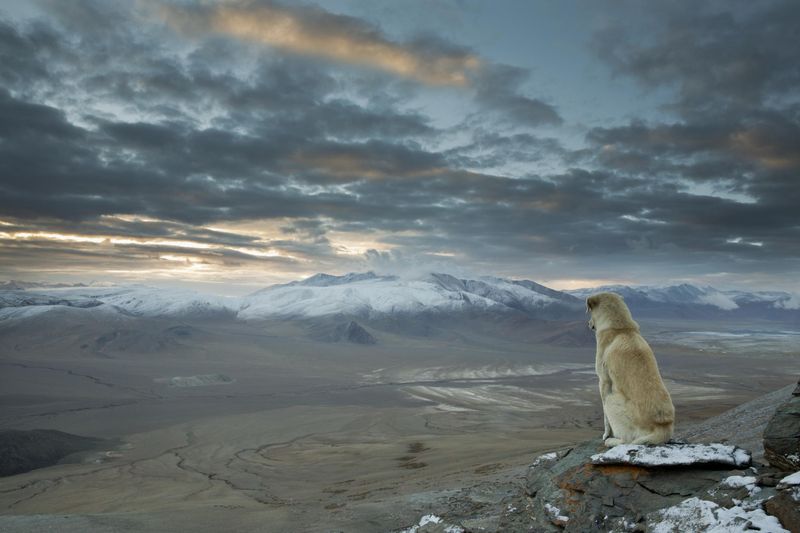
Living in villages above 12,000 feet, these naturally evolved canines survive where most dogs would perish from altitude sickness. Their dense double coats, compact bodies, and specialized lung capacity allow them to thrive in oxygen-thin mountain environments.
Unlike the selectively bred Tibetan Mastiff, these free-breeding village dogs developed naturally alongside human settlements. They traditionally guard livestock against snow leopards and help locate travelers buried in avalanches without formal training.
Genetic research indicates they possess unique adaptations to high-altitude living, including modified hemoglobin that processes oxygen more efficiently than lowland dogs.
12. The Street Dogs of Moscow – Urban Winter Warriors
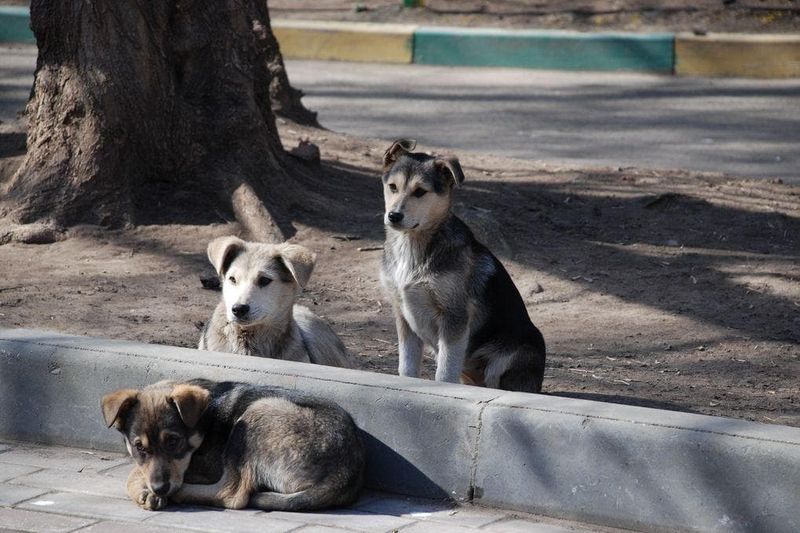
Moscow’s remarkable street dogs have evolved into one of the world’s most sophisticated urban canine populations. Some have even learned to navigate the subway system, riding specific routes to find food and shelter!
Their thick coats and sturdy builds allow survival in temperatures reaching -30°F. Natural selection favors dogs with friendly but cautious personalities – approachable enough to receive food from humans but wary enough to avoid capture.
Generations of urban living have created dogs that understand traffic patterns, recognize individual humans who regularly feed them, and develop complex social structures that help the entire community survive Moscow’s harsh winters.

